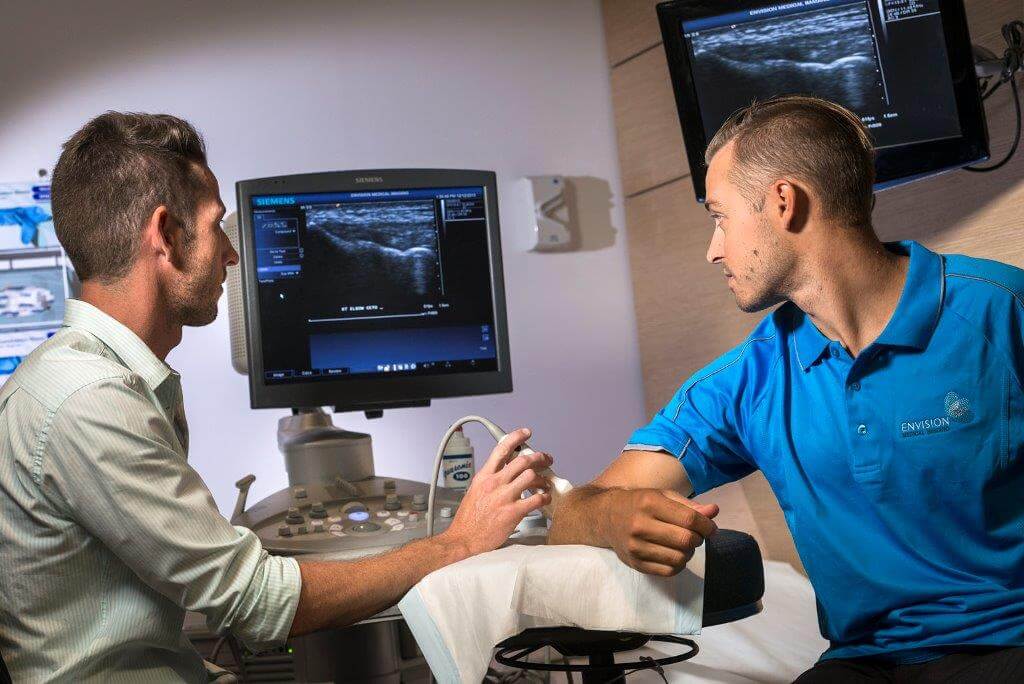Services
Synvisc or Durolane Injection
Services
Synvisc or Durolane Injection
Services
Synvisc or Durolane Injection
Services
Synvisc or Durolane Injection
Services
Synvisc or Durolane Injection
Services
Synvisc or Durolane Injection
Services
Synvisc or Durolane Injection
Services
Synvisc or Durolane Injection
Services
Synvisc or Durolane Injection

Quick Links
What is a Synvisc or Durolane Injection?
Synvisc or Durolane is a fluid similar to that found in joints. The fluid acts as a lubricant and shock absorber for the joint. Synvisc and Durolane Injections are used to treat joint pain from osteoarthritis.
What happens during a Synvisc or Durolane Injection?
A. Before your scan
What to bring
- Your request form
- Any relevant previous imaging
- Your Medicare card and any concession cards
Preparation – the day of your scan
There is no specific preparation and you may eat and drink as normal before the procedure. If you take Warfarin, Aspirin, Plavix, or other blood thinning agents, please notify the booking staff as you may be required to cease the medication, or have blood tests prior to the procedure.
B. During your Synvisc or Durolane Injection
Procedure
The procedure takes about 20 minutes and will be performed in the ultrasound room. The skin around the injection site will be cleaned with antiseptic solution and a local anaesthetic will then be injected with a thin needle, which may sting briefly. The Specialist will then inject the joint with the aid of ultrasound to ensure the needle is perfectly positioned. You may feel some localised pressure or discomfort during the injection.
Risks and Side Effects
Complications are uncommon during these procedures, however, you need to be informed of the possible side effects and associated risks.
- warmth, pain, stiffness, swelling, or puffiness where the medicine was injected;
- muscle pain, trouble walking;
- fever, chills, nausea;
- numbness or tingly feeling;
- headache, dizziness;
- tired feeling; or.
- itching or skin irritation around the knee.
- Infection is very rare but may involve redness or swelling and increasing pain after 48 hours. Increasing pain should be promptly reported to us and your referring doctor
Do not hesitate to contact our office on 6382 3888 if you have any questions or concerns.
Who will perform my Synvisc or Durolane Injection?
Our specialist medical imaging team will perform your Synvisc or Durolane Injection.
What happens after a Synvisc or Durolane Injection?
Post-procedural information
At the end of the procedure the needle will be withdrawn carefully from the insertion point and a band aid applied. You should be able to go about your daily activities after your appointment.
Pain relief may take a few days to develop so you may need to continue with your normal medication for at least 48 hours. Occasionally this may be severe, however usually lasts only 24–48 hours and is treated with a cold pack, paracetamol and anti-inflammatory medication. You can return to normal activities although we ask that you avoid strenuous physical activity.
Download an Information and Consent Form
Types of Imaging
Types of Imaging
Types of Imaging
Types of Imaging
Types of Imaging
Types of Imaging
Types of Imaging
Types of Imaging
